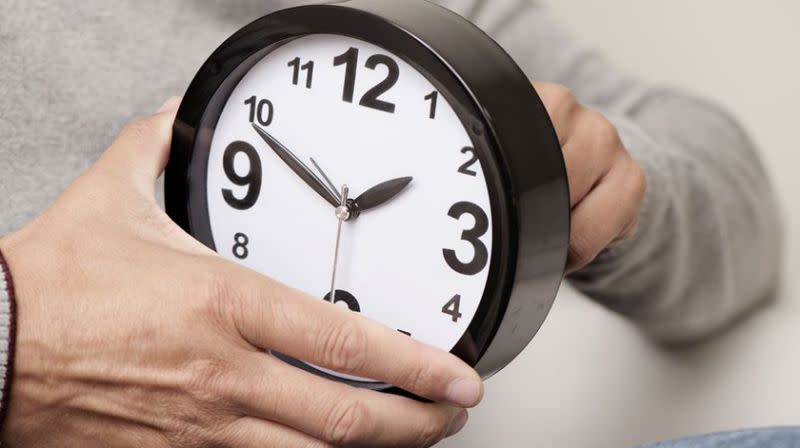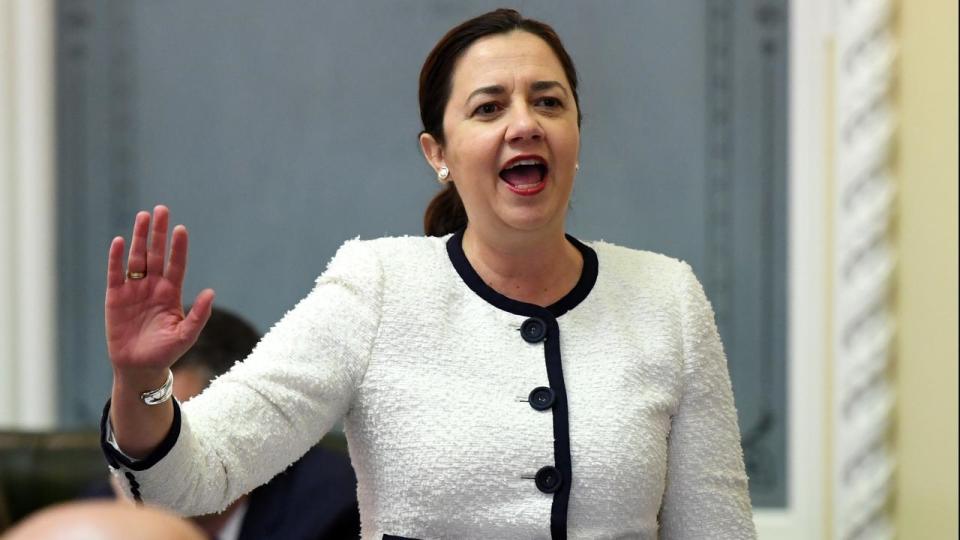Daylight Saving 2018: When you need to change your clocks
With daylight savings fast approaching, many Australians have started to question exactly when they need to triple check their clocks.
It is a common fear of many that they will miss the change in time and will be late for work, school or an important appointment.
Usually the fateful day falls on grand final weekend – the first week of October – for residents in New South Wales, South Australia, Victoria, the ACT and Tasmania.

But due to a rare calendar quirk, daylight saving was delayed by a week.
When will daylight saving start in NSW and other relevant states
So for those wondering when their sleep will be cut short and when they’ll gain some extra daylight at the end of the day, clocks will jump forward on Sunday, October 7 at 2am.
For Queensland, Northern Territory and Western Australian residents, who do not adopt daylight savings, it is business as usual.
Daylight Saving Time will change back in exactly six months on April 7.
Queensland rules out daylight saving push
In August, Queensland’s premier Annastacia Palaszczuk categorically ruled out any move to introduce daylight saving, saying she doesn’t want to “divide the state”.
The contentious issue had been reignited with an opinion poll on in the Courier-Mail showing 55 per cent of Queenslanders surveyed supported the introduction of daylight saving, with 41 per cent opposed to the move and 4 per cent undecided.
Premier Annastacia Palaszczuk said those numbers suggested there wasn’t enough support to alienating rural Queenslanders who are mostly opposed to daylight saving.

“There are very strong views on daylight saving – people in the southeast are generally more in favour, those who live out in western and regional Queensland are against,” Ms Palaszczuk said.
“I am uniting Queensland, I am not going to divide Queensland.”
Why has daylight savings changed this year?
On Friday, NSW Attorney General Mark Speakman issued a press release warning residents not to prematurely change their clocks on the grand final long weekend.
A calendar quirk is responsible for the delay.
“In most years the clocks go forward on the Sunday of the long weekend, but every seven years, on average, daylight saving starts a week later,” Mr Speakman said.
Traditionally, the ‘summer time period’ starts at 2am on the first Sunday in October and Labour Day in NSW falls on the first Monday.

“This year the first Monday in October is the first day of the month. Therefore the first Sunday in October falls on October 7. The last time the long weekend fell before the first Sunday in October was in 2012,” Mr Speakman said.
“Sunday won’t fall on October 7 again until 2029, meaning a baby born on Monday, October 8 will be on the eve of their 11th birthday the next time the coincidence occurs.”
The history of daylight savings
Daylight saving operated nationally during World War I from January 1, 1917 to March 25, 1917 and during World War II for three summers, beginning on January 1, 1942.
Tasmania was the first state to formally adopt daylight savings in 1968.
According to the Justice Department, it was introduced properly in NSW in 1971 after the Standard Time Act 1971 was passed by the state parliament.
Most other states followed suit, but Queensland abandoned daylight savings a year later.
Why we have daylight savings
The main purpose of daylight savings is to make better use of the sunlight all year round.
Clocks are altered during the summer months to move the hour of daylight from the morning to the evening.

But not everyone is on board with the change, especially farmers who say it affects their timetable, including how much milk their cows produce.
Daylight savings debates rage around Australia
Each year around daylight savings time the debate is reignited on whether it is worth it.
Professor Thomas Kantermann, an expert on chronobiology at the University of Applied Sciences for Economics and Management in Germany, even says that it is bad for human health.
“We are like other animals,” he told the ABC’s RN Breakfast.
“And we have this biology ticking in us that tries to synchronise us with the environment, and adding this artificial clock change, this pretending we are moving into a different time zone — it just irritates.”
In Australia, Queenslanders living in the south-east part of the state have been pushing for daylight saving to be introduced.
But in the far north part of the state, residents argue the summer months are far too hot to make use of the sun.
“If daylight saving was introduced, at the heat of the day, schoolchildren would be going home from school,” Port Douglas Mayor Julie Leu said.

